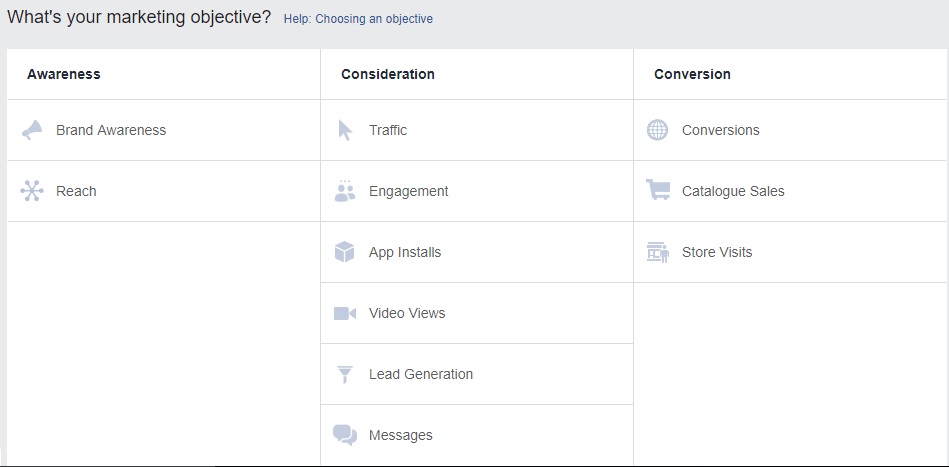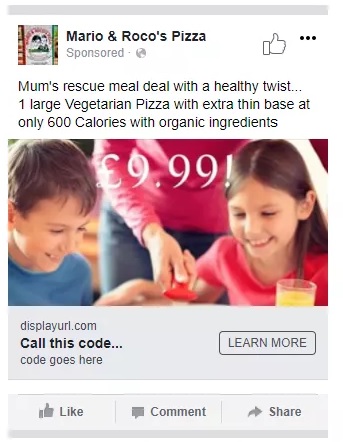
It has been a concern of mine for a few years now and was made clear during the run-up to the Brexit vote: the population can be easily manipulated by micro-targeting on Facebook.
Whether it was Cambridge Analytica or another agency, they did an extremely good job of understanding the emotional drivers for countless segments of the population. Although I applaud the skill by which they used the data obtained from Facebook, I don’t of course agree with creating content which is not 100% factual and is aimed at influencing votes.
I’d like to start away from the ethical issues around illegal data processing and the creation of fake news. Instead, I’d like to use this topical piece of news as a perfect example of targeted Facebook Marketing.
What was claimed to be done by Cambridge Analytica, in the now famous Channel 4 report, may seem far too complex for those looking to use Facebook to promote their business. However, the fundamentals can be used by anyone with a business page and an advertising budget.
There are three basic parts to a good Facebook campaign:
1. Objective
This is always the first place your campaign should start, what are you trying to achieve?
Facebook have laid out their advertising campaign perfectly, with the following objectives being the first option you have to decide. The objectives are also laid out in the same stages of the buying process:
- Awareness – Make people aware of your brand, products and services
- Consideration – Provide information about how your product or service would help achieve their needs
- Conversion (or, as we like to call it, Decision) – Why they should buy from you and not your competitors

Profiling Buyer Personas
Once you know what you would like to achieve, you need to decide who you would like to achieve it with. Every business has several different types of customers, your job is to profile and segment these Buyer Personas, using Facebook’s Custom Audience tool.
The system allows you to profile using the following

The system allows you to analyse those that follow your page already which is a good place to start. Your advert can then be shown just to those specifically profiled and not only this, you could also have the advert shown to those that fit their profile but don’t yet follow you.
Wouldn’t it be great to increase a following of like minded people, more likely to engage with one another on your page? This is the ultimate aim of brands on social media, having advocates of their brands build a community and promote your brand free of charge.
2. Content
Now that you know far more about who you are targeting, you will have a much better idea about what is important to them. With this information you are able to create advertising content that will appeal to them on an emotional level.
Nigel Oakes, Co-Founder of SCL (Parent group of Cambridge Analytica), stated in the trade magazine Marketing, that to get people’s agreement on a functional level you had to appeal to them on an emotional level. Going on to say “We use the same techniques as Aristotle and Hitler”.
Cambridge Analytica claimed to have used Micro-Targeting to ensure they were able to deliver the perfect message to a smaller but very specific set of people. Here is a very simple example:
Business Type: Pizza Shop
Location: Birmingham
Delivery range: 5 miles
Target Audience
Through using the custom audience tool you have found out that 5% of your Facebook page followers fit this description:
- Lives within 5 miles of Birmingham
- Mum of a single parent family
- Working
- Children aged between 6-14
- Income £20k
- Interested in: Vegetarianism, Organic and Health
Times of delivery:
Wed-Fri 3-6pm
Sat 12-6pm

This advert will have a far greater conversion rate now that the message is clearly targeted at a specific audience with very specific needs and interests. As a result you get more return for your investment.
Now I don’t agree with using data inadvertently given by Facebook users to sway democracy, which is what Cambridge Analytica (CA) claims to have done in the Channel 4 News. However, I do take my hat off to their understanding of behavioural influence.
The purpose of this article is to explain to businesses that Facebook has a huge amount of data already available via their advertising platform. Take a lesson from CA and really get to know your target audience and what makes them tick.

- Marketing Managers Can’t Be Your Marketing Department - January 11, 2025
- Tagging Strategies: How They Maximise Your Marketing Campaigns - January 7, 2025
- First Step to Creating Killer Content – Know Your Reader! - January 7, 2025

